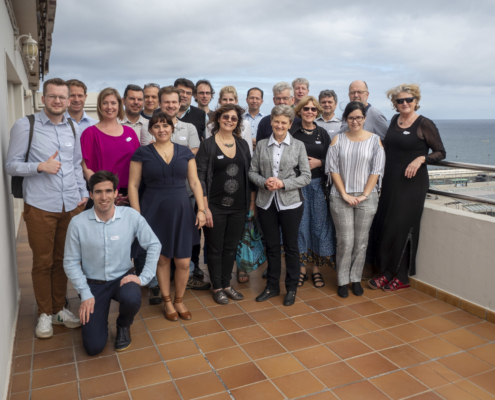
CHPM2030 Roadmapping workshop, Las Palmas
LPRC organised the CHPM2030 Roadmapping Workshop in Las Palmas…
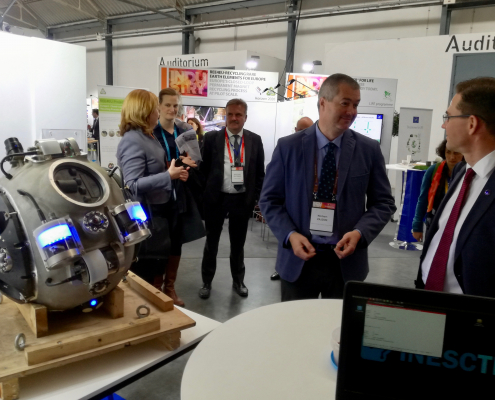
UNEXMIN present at the EU Industry Days 2019, Brussels
The UNEXMIN project was present at the EU Industry Days 2019…
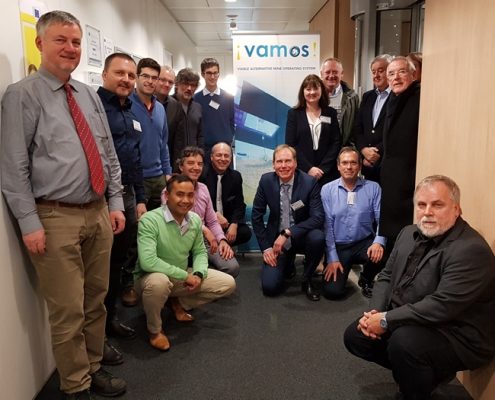
¡VAMOS! Final consortium meeting & Final review meeting, Brussels
The ¡VAMOS! project, from where the consortium developed an…
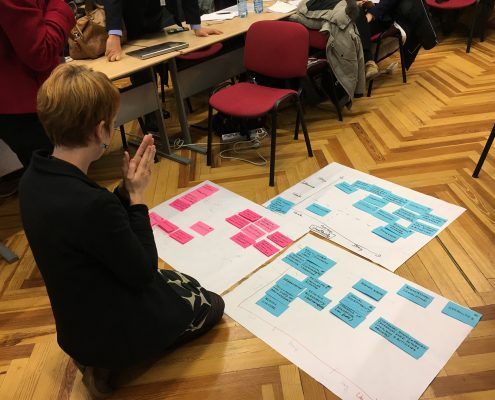
INTERMIN Consortium meeting
During the last two days of January, project partners and the…
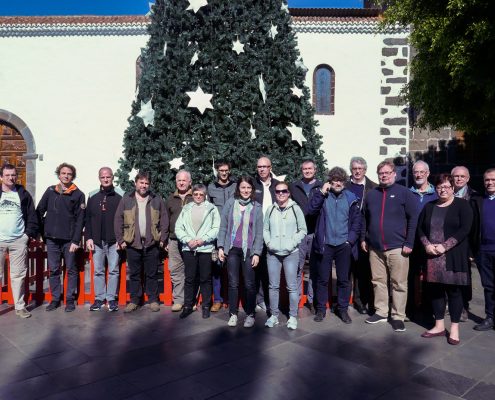
UNEXMIN meeting, La Palma
La Palma Research Centre recently had the pleasure to receive…
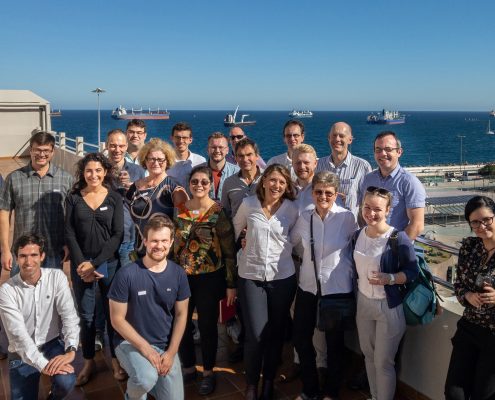 Tamas Miklovicz
Tamas MikloviczCHPM2030 Visioning workshop, Las Palmas
LPRC recently organised the CHPM2030 Visioning Workshop…
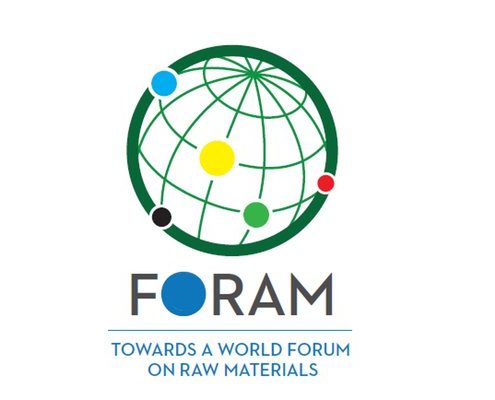
FORAM final and review meeting, Brussels
On the 29th of October, LPRC was present at the last meeting…
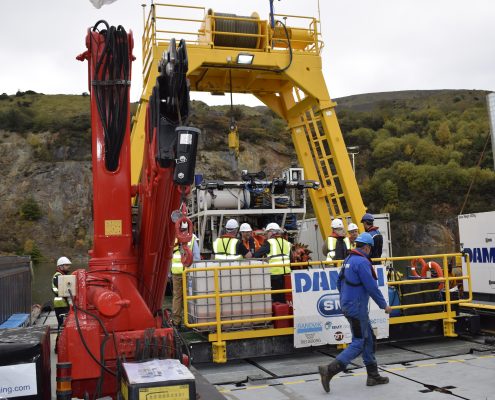
¡VAMOS! Open Day and Advisory Board meeting, Nenagh, Ireland
The ¡VAMOS! project is now having its second field trials where…
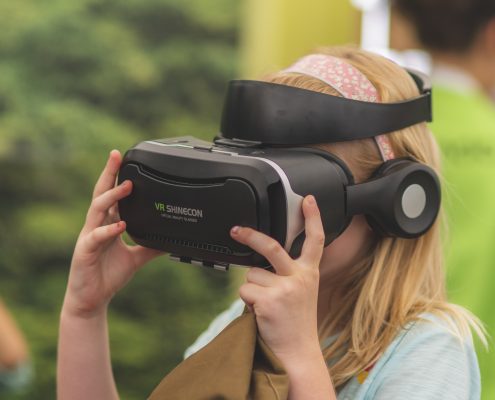 F: Verónica Lalanda (c) ContraTempo.com
F: Verónica Lalanda (c) ContraTempo.comMacaroNight – Researchers Night of the Macaronesia
On the 28th of September 2018 the Macaronesia, represented by…
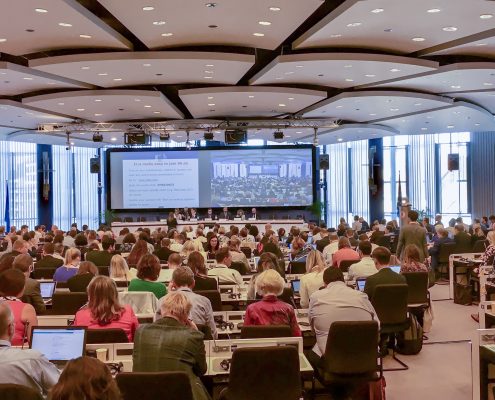
Info Day Horizon 2020 Societal Challenge 5
LPRC was present at the most recent Horizon 2020 information…
